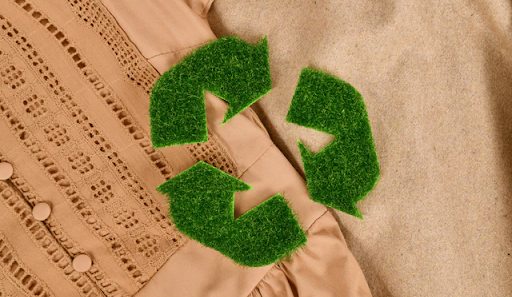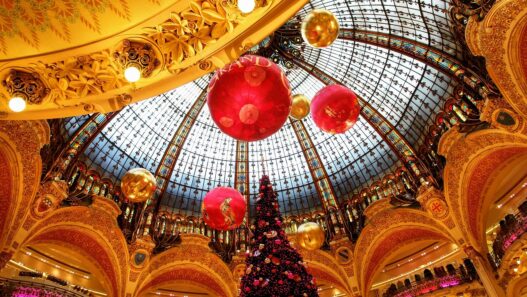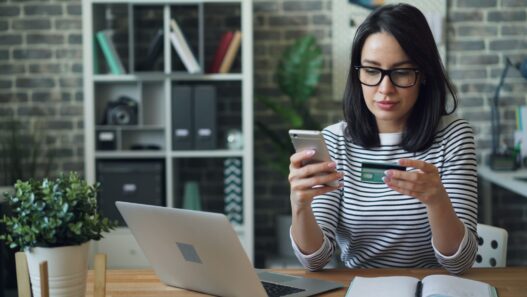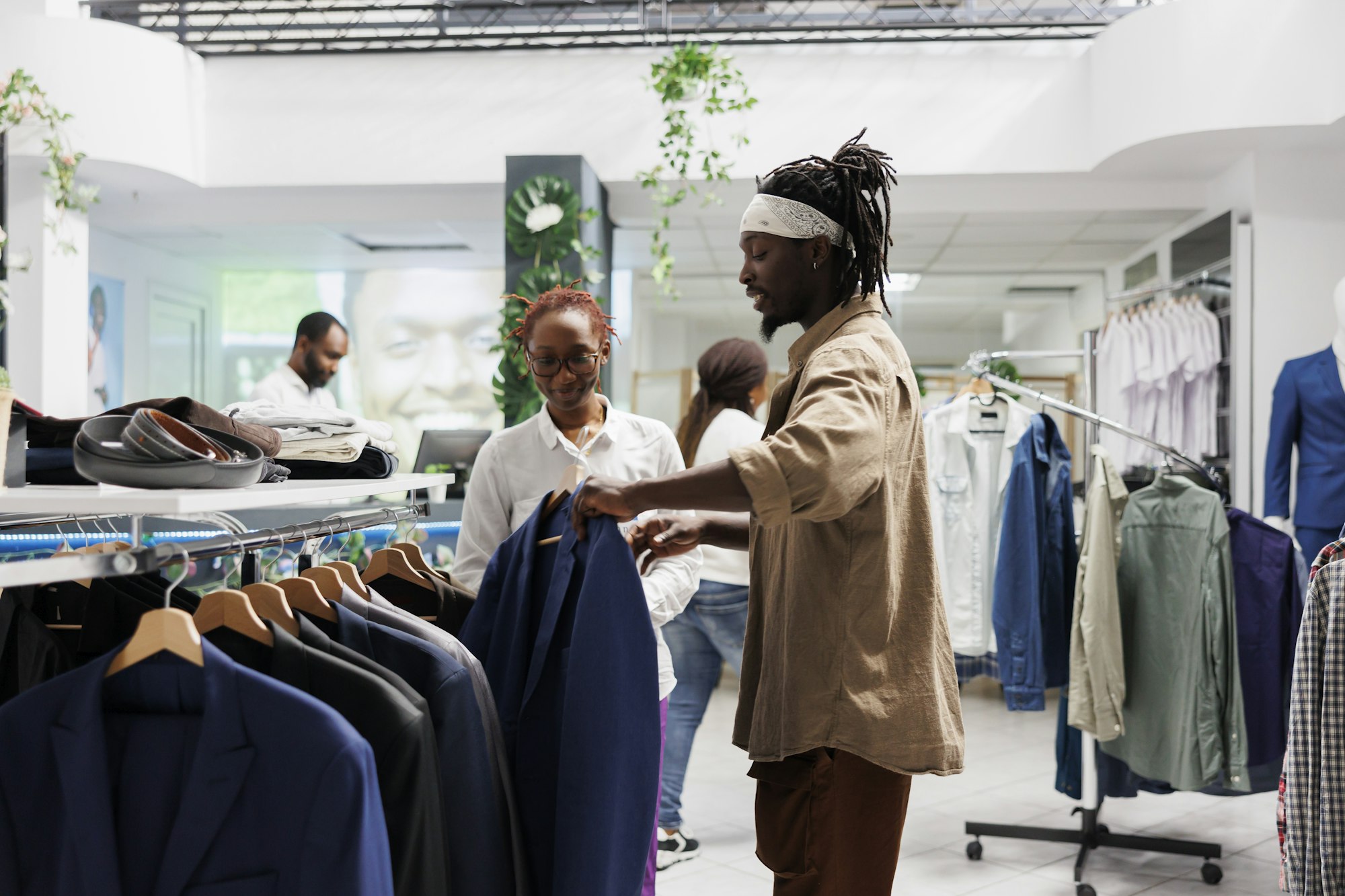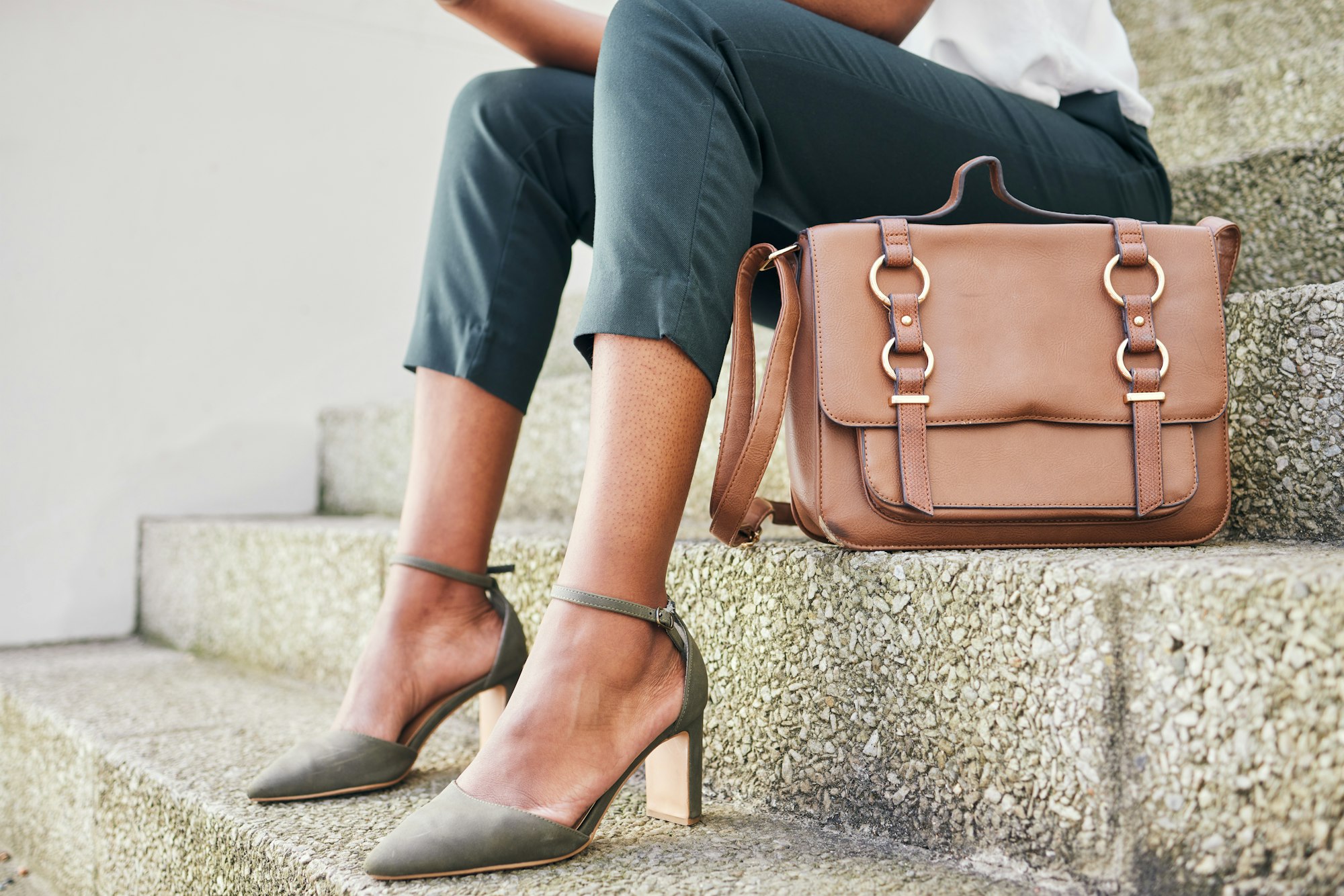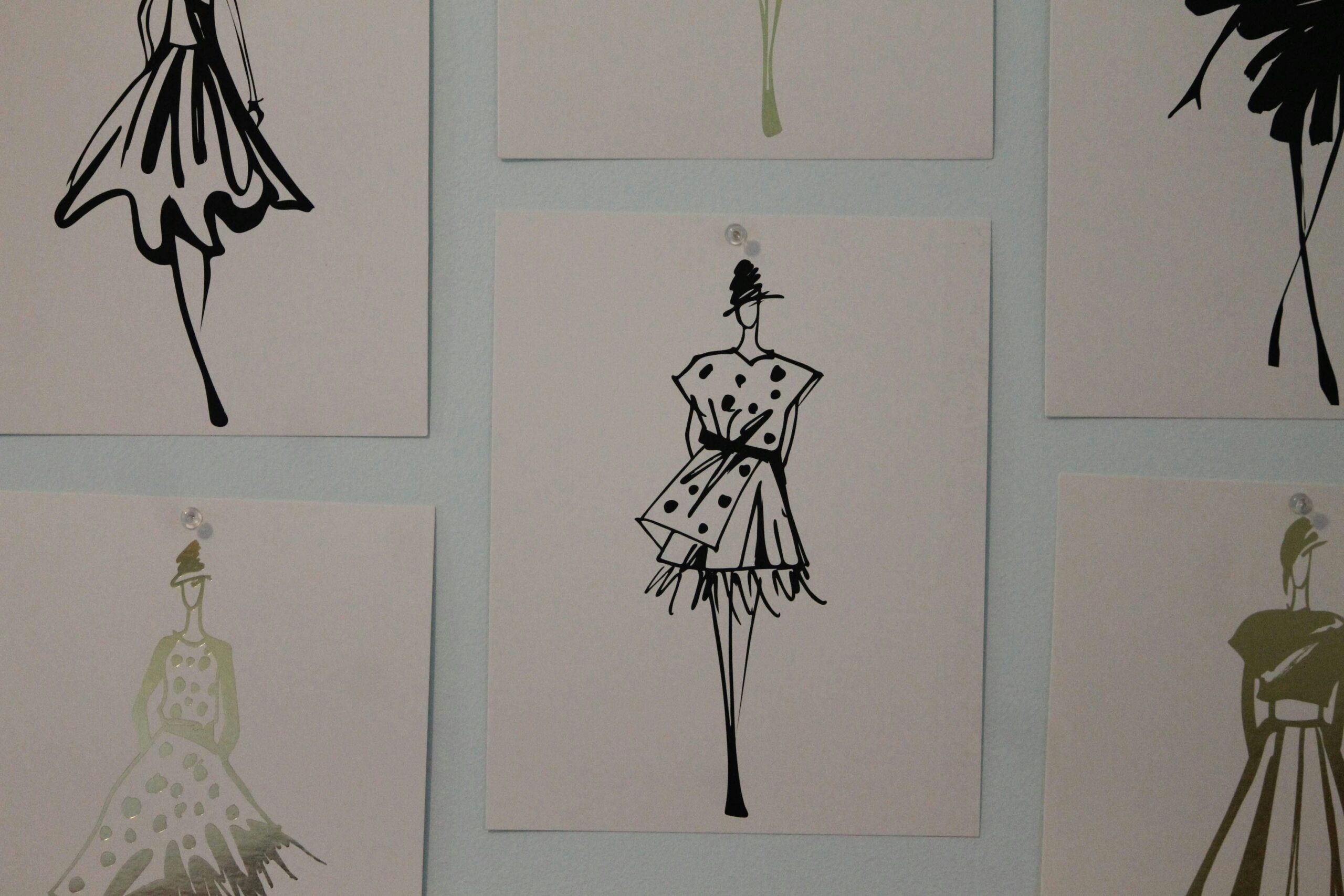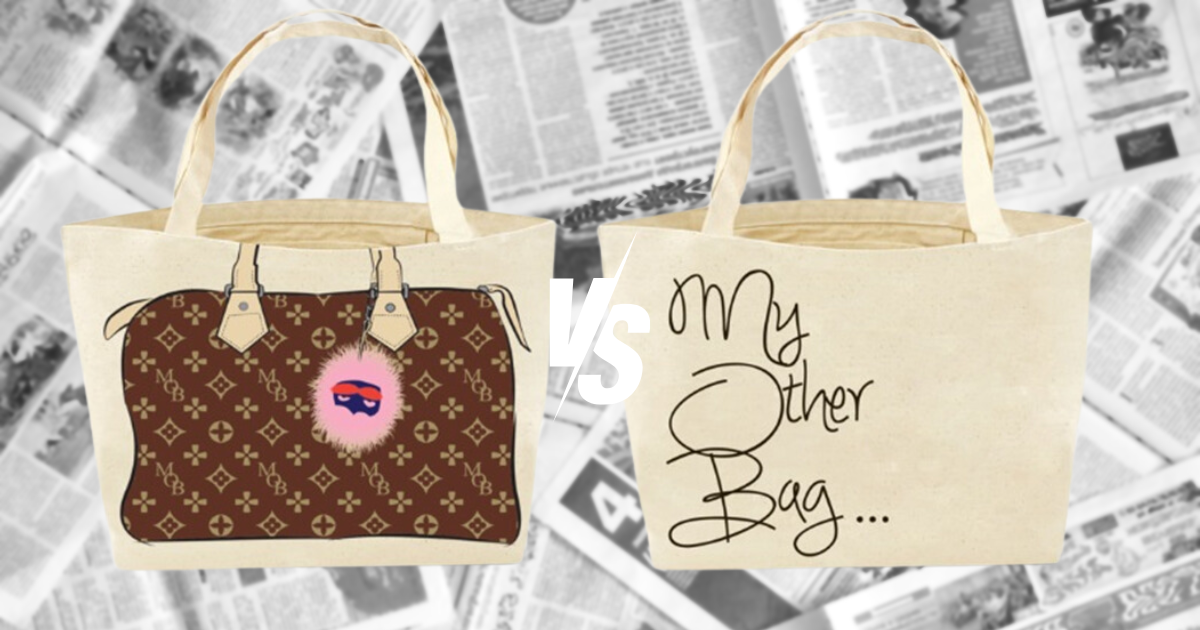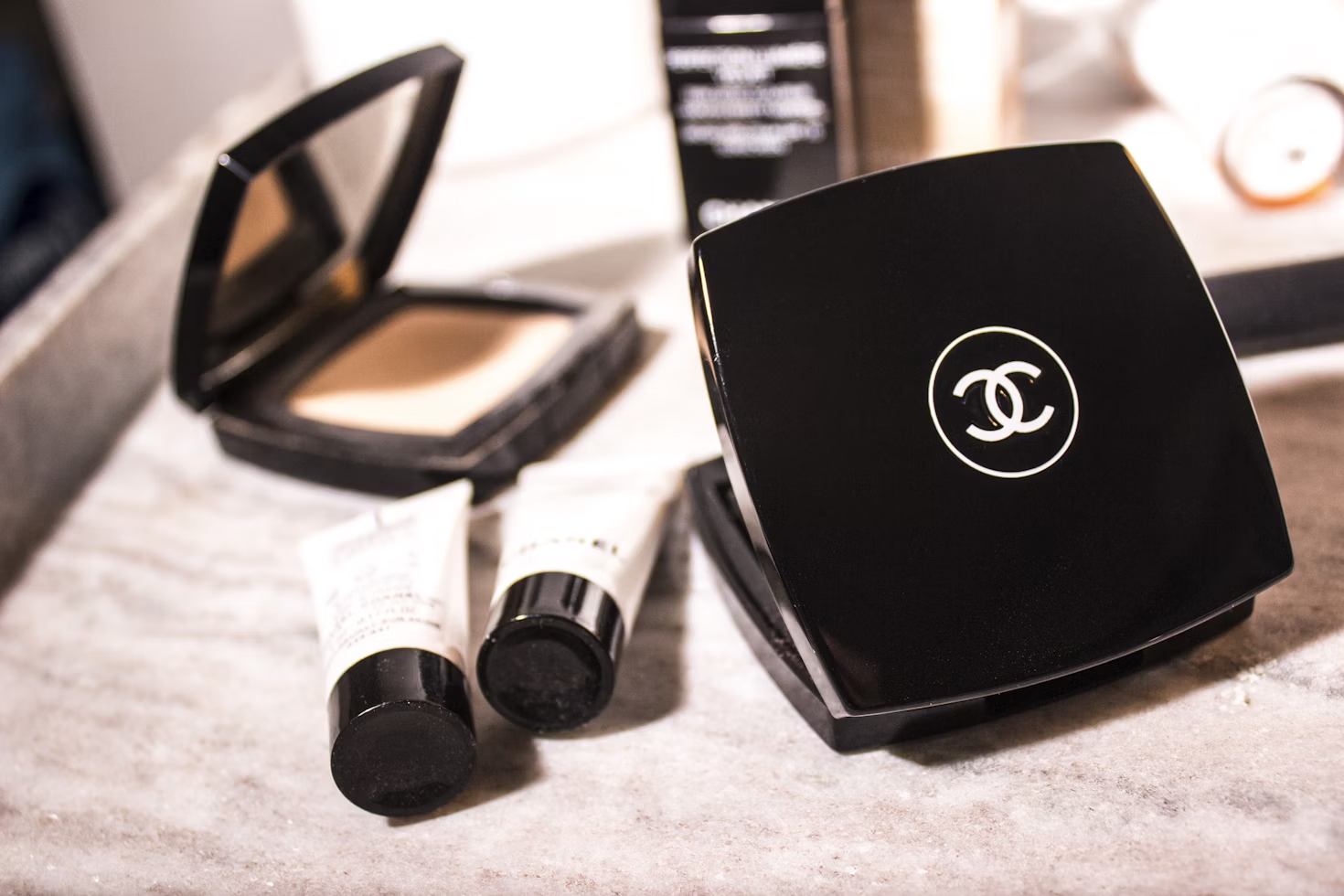It’s been no secret that ever since Covid-19 took over the world the economy has not been great. With rising costs of living, low employment rates, the threat of AI replacing workers and big companies like Amazon and Disney laying off workers the average person is feeling the heat in such precarious times. This has translated into people making many different choices in their personal lives from getting married later and choosing to not have children but one of the many indirect ways this has manifested is the fashion and make up trends that people choose to participate in.
This theory that fashion and make up trends are dictated by economic conditions is not a new one and there are countless examples of these. The most prominent example of this is the hemline index theory. This theory states that skirt length’s that are trendy have a lot to do with market conditions. The theory suggests that the shorter skirts forecast good market and conditions and vice-versa. A study conducted looked at hemline data from 1921 to 2009 substantiated these claims.
For example, in the 1960s after the war mini skirts were popular and the Great Recession brought back midi and maxi dresses. Same with Y2K fashion pre-2008 where miniskirts were incredibly popular and after the financial crash of 2008 they were replaced with less revealing silhouettes.
However, this is not an absolute and there are times when the opposite was true. For example, in the 1950’s longer skirts were used to indicate prosperity. Another example is the trend of ‘quiet luxury’ that focuses on chic and timeless essentials from high end brands that do not appear tacky. This trend has an emphasis on longer hemlines when compared to the mini skirts that are part of the Y2K trend.
A reason for this can be that producers typically charge more for textiles or yarn in times of economic boom leading to designers making skirts shorter to cut costs. In the study conducted they also found that in times of financial prosperity women would want to show their stockings and thus opt to wear shorter skirts.
Similar to the Hemline Index is the High Heel Index. This states that lower heels are more prevalent during economic growth and higher heels during recessions. This term was coined by a consumer products expert at IBM. IBM conducted a study using social media posts and other sources to reference consumers shoes and boots and found out that when economic indicators turned down heels went up initially but if the economy remained in a recession state for more than a few months, the heels went down again.
For example, in the 1920s low heeled flapper shoes were popular which were replaced by platforms during the Great Depression. Another more recent example of this can be seen in the hype around sneakers in the 2010’s and how as of recently consumers tend to gravitate more towards ‘chunky platform heels’ more.
A study showed that at the height of the financial crisis in 2009, the median height of women’s heels peeked at 7 inches and that by 2011 the median had dropped all the way to 2 inches.
Logomania is also something that depends on the state of the economy. Logomania is seen as a way of announcing the brands that one is wearing to the world. It can be seen as gauche and tacky but is also incredibly popular amongst the youth who wish to show off their wealth. Examples of this can be the iconic Burberry plaid, the Louis Vuitton logo, the intertwined Chanel C’s and much more. One can easily remember the height of logomania in the early 2000’s with many celebrities being keen to show off their luxury brands. However, after the 2008 financial crisis we saw the rise of more minimalist and simple fashion that did not emphasise brands or their identities. Once again in the 2010’s we saw the rise of logomania with the rise of popular items to signify status like Supreme hoodies or the Gucci belt. However, ever since Covid we’ve seen the rise of ‘quiet luxury’ that emphasizes on refined consumptions and does not take part in overt displays of wealth. These days there is a focus on more formal and less maximalist attire with the rise of trends like ‘office siren’ or ‘quiet luxury.’
Just like fashion, the make up choices of an individual are also dictated by economic conditions. The Lipstick Index is a term coined by Leonard Lauder- the chairman of Estee Lauder. He suggests that during times of economic recession people will reign in bigger luxury/frivolous purchases like spending money on a handbag or shoes and will instead purchase smaller indulgences like lipstick. Lipstick sales in America did increase after the 2001 recession as well as during the Great Depression. However, this theory is somewhat contested and not fully agreed upon.
Leonard Lauder told the New York Times that his company’s lipstick sales rose tremendously after the 9/11 attacks but this theory has not been completely proved by others. The Lipstick Index was put to the test by The Economist. They did a statistical analysis on lipstick sales in 2009 and found that while lipstick sales sometimes do increase in times of economic distress, they can also increase during times of prosperity. Hence there is no clear correlation. While this particular theory may not be true the overall idea still holds up, the idea that people in times of financial hardship forego bigger luxuries for less frivolous expensive items.
This idea can be illustrated through The Nail Polish Index. In the 2010s the rise of nail art and sales of nail polish after 2008 supported this theory. Even during Covid there was a rise in the sale of beauty products like mascara.
As fashion designer Issey Miyake said ‘Design stems from reflecting on and challenging the times we live in.’ Fashion and make up play an integral part of our day to day life and are often shaped by our current conditions and circumstances.
Author: Dhwani Sharma, Gujarat National Law University



